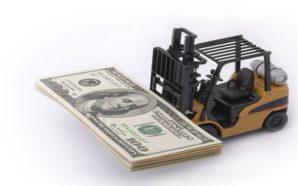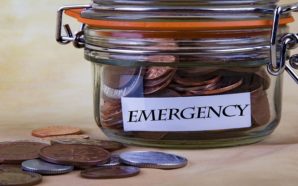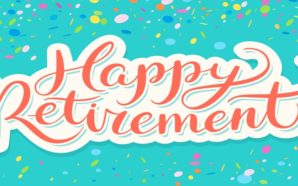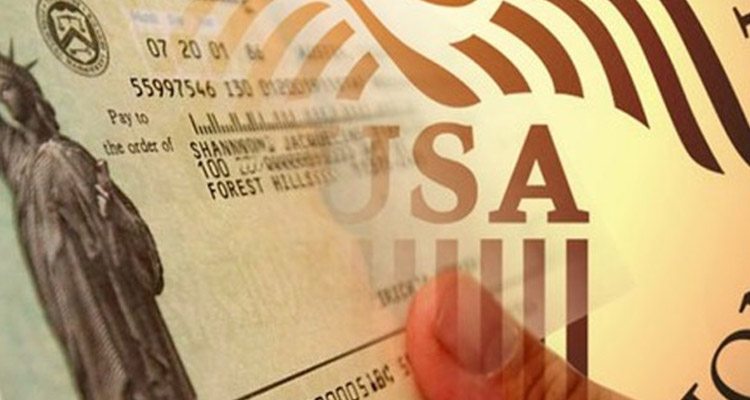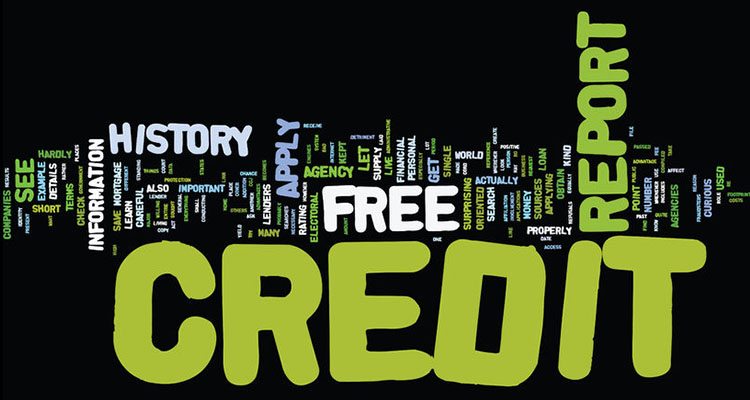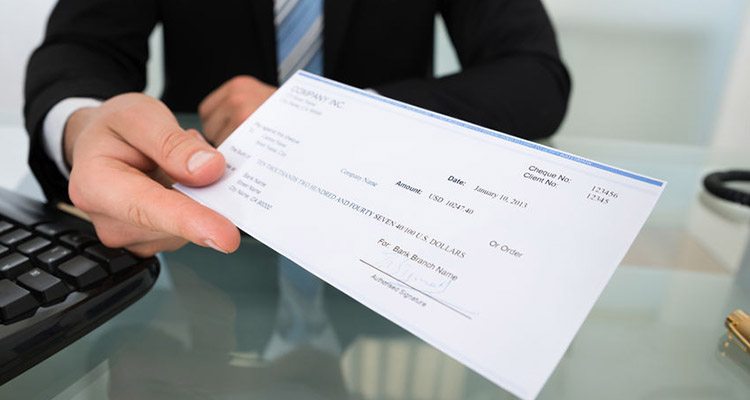New $12 Fee of Bank of America Would Affect Its Low-Income Customers
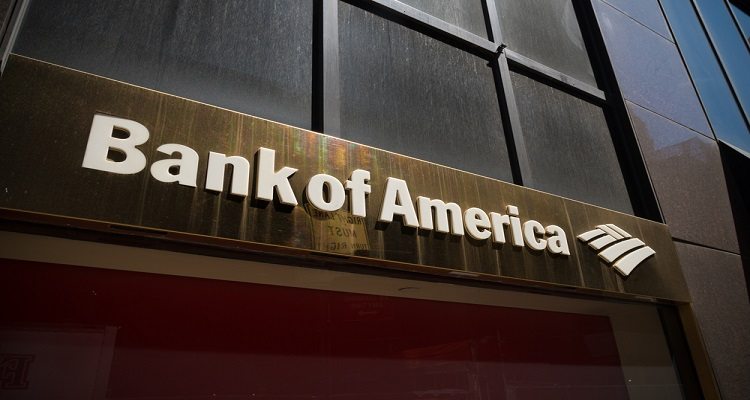
A month after Republicans have successfully pushed through the new corporate tax cut, Bank of America has decided to charge its poor customers a $12 monthly fee simply for having a checking account with them even though it is not entirely a secret that Bank of America will inevitably earn billions of dollars from the tax cut.
It has been implemented early January and this fee applies to customers with an “eBanking” account. This used to be free for customers who chose not to receive paper billing or use bank tellers. The bank has apparently phased out eBanking and those customers have been transferred to “core checking accounts” which would mean that they would have to have a direct deposit of at least $250 a month. That means $3,000 annually. If not, they should keep a minimum daily balance of at least $1,500 in order for them not to be charged the $12 monthly fee.
Most banks in the country that have a physical presence have the somehow similar requirements for customers to maintain a free checking account. This excludes credit unions and online-only banks that often do not implement a monthly fee.
Others might argue that $12 a month is manageable but it surely is not the case if a customer can’t even meet the minimum qualifications of a free account.
Timing of the Fee and the Tax Cut of Bank of America
Bank of America’s decision was right on the heels of this tremendous Republican-backed corporate tax cut and it triggered an outrage across the internet. There has been a petition initiated in Change.org that is protesting the bank’s decision and it has reached over 86,000 signatures and counting.
Among the banks in the United States, Bank of America is one of the largest institutions that would benefit from the corporate tax cut. Analysts have predicted that the bank’s earnings would increase 17.8% in 2018 after the tax cut has been implemented. This is a huge difference from what would only be some 13% earnings increase for banks overall. That means the bank could pocket $3.8 billion in addition in 2018. In 2017, the bank has turned a profit of $21 billion.
A spokesperson of Bank of America, however, said that the termination of eBanking is not a new decision or a recent development despite how it appears to be. She said that they have stopped offering the account 5 years ago and they’ve been slowly migrating customers into various accounts since then. It is not certain how many eBanking customers were affected by the account closures. Customers who are conscious of the fee could instead take advantage of the “SafeBalance” checking account if they don’t meet the minimums. It has a fee of $4.95 a month but it doesn’t allow for overdrafts.
How Bank of America’s $12 Fee Affects Poor People
It would seem that poor people would be denied access to traditional banking services because they have no option but costly check-cashing outlets or pawnshops which are predatory services.
This would force marginalized people into the hands of institutions that are even riskier such as predatory lenders. These lenders capitalize on poverty. By forcing poor people to taking offers from alternative financial services, which often require higher fees and ridiculous interest rates, low-income earners are at risk of being pushed toward much bigger economic distress.
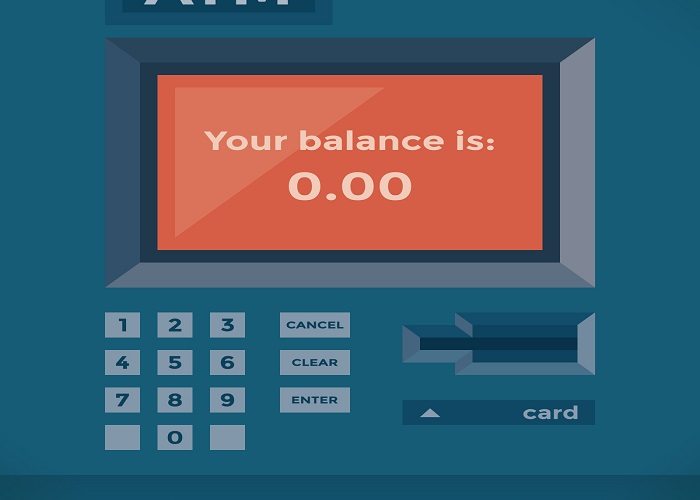
Bank of America’s actions could also disproportionately affect African-Americans as well as Hispanic customers. these people have already been historically excluded from banking services at much higher rates throughout the years.
The bank has been known to care for both their high-income and low-income customers and that was what made them different but this decision has ruined that reputation. Customers protesting the fee are saying that this is unfair to those who have been loyal to them for years.
According to Bank of America, students below age 24 will be exempted which gives them free access to their regular checking services. But there are still others who are being switched to regular accounts. The bank said they don’t break out numbers of customers by particular types of services.




